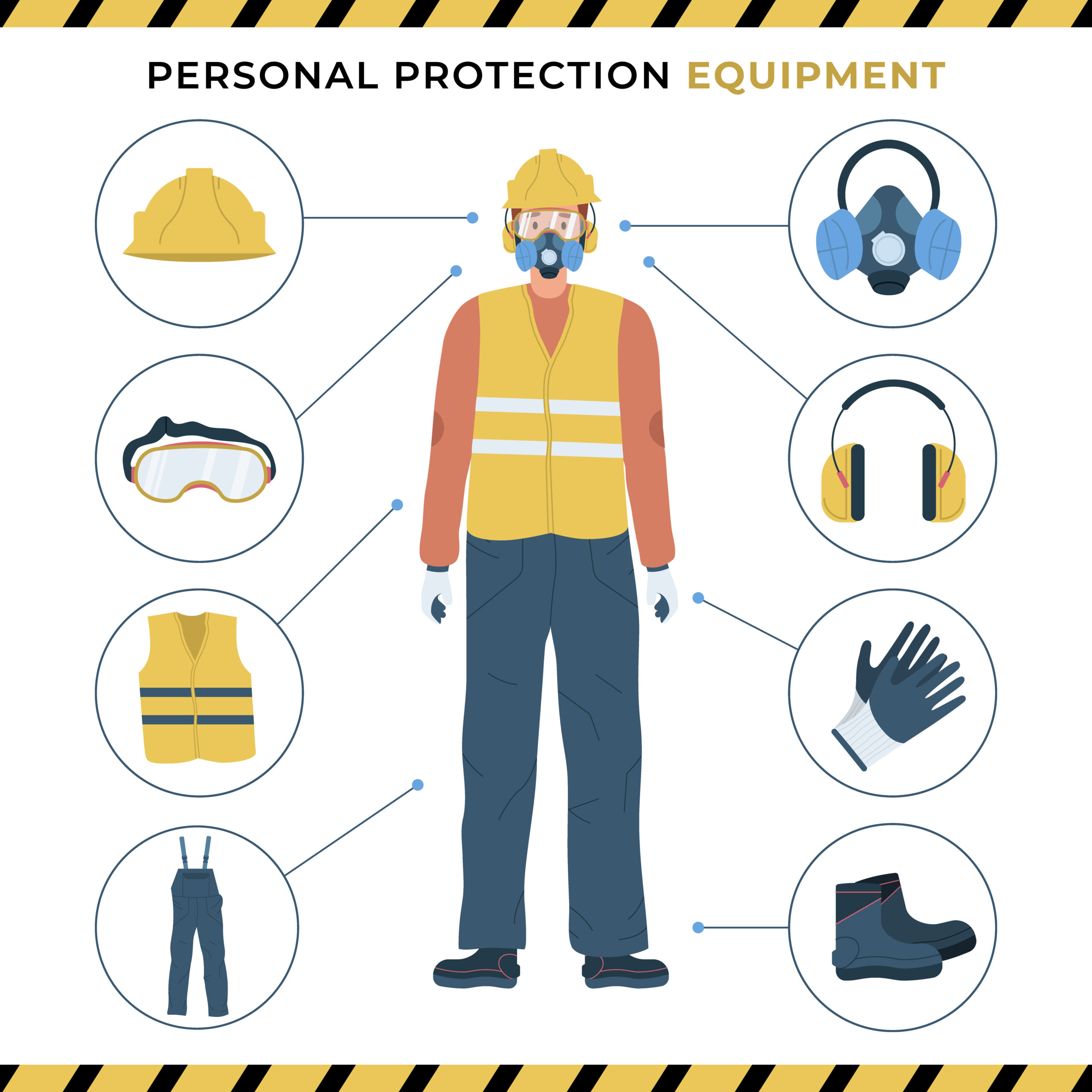The Importance of Emergency Safety Equipment
In both maritime environments and industrial settings, safety equipment plays a vital role in protecting lives during emergencies. Whether it’s a fire in a confined industrial space or a sudden evacuation at sea, having the right safety gear can significantly reduce risks and save lives. Two essential pieces of equipment are the self-contained breathing apparatus (SCBA) and life rafts, both designed to provide critical protection in high-risk scenarios.
What Is a Self-Contained Breathing Apparatus (SCBA)?
A self contained breathing apparatus (SCBA) is a portable device that supplies breathable air in hazardous environments. It consists of a high-pressure air tank, a regulator, a face mask, and a harness for secure wearing. SCBAs are commonly used by firefighters, industrial workers, and rescue personnel in situations where air quality is compromised due to smoke, toxic gases, or insufficient oxygen levels.
How SCBAs Ensure Safety in Hazardous Conditions?
SCBAs provide essential respiratory protection by offering a clean, reliable air supply during emergencies:
Protection from Toxic Gases: SCBAs filter out harmful substances, allowing users to breathe safely in environments with dangerous fumes or chemicals.
Oxygen Supply in Low-Air Conditions: In spaces with limited or no oxygen, SCBAs ensure that individuals can maintain normal respiratory function.
Enhanced Mobility: The compact and portable design allows users to move freely while wearing the device, making it suitable for rescue operations and industrial tasks.
Comfort and Durability: Modern SCBAs are ergonomically designed for extended use and come with adjustable straps for a secure fit.
What Are Life Rafts and Why Are They Crucial for Maritime Safety?
Life rafts are inflatable, buoyant devices designed to provide emergency evacuation and temporary shelter at sea. In the event of a shipwreck, capsizing, or fire, life rafts serve as a vital lifeline for crew members and passengers.
Life rafts come in various sizes and are equipped with essential survival gear, such as oars, first aid kits, drinking water, and emergency rations. They are designed to be quickly deployed and inflated to provide immediate safety.
How Life Rafts Save Lives at Sea?

Life rafts play a critical role in maritime safety by offering protection and survival resources:
Buoyant Shelter: Life rafts keep survivors afloat and provide a stable platform in rough waters.
Emergency Supplies: Many life rafts come equipped with survival essentials to support occupants until rescue arrives.
Rapid Deployment: Life rafts can be quickly launched and automatically inflated, minimizing the time spent in hazardous conditions.
Protection from the Elements: The canopy of the raft provides shelter from harsh weather conditions, reducing exposure to sun, rain, and wind.
Key Features to Look for in SCBAs and Life Rafts
When selecting safety equipment, it’s essential to consider the following features:
SCBAs:
Air Supply Capacity: Choose a model with sufficient air duration for your specific requirements.
Comfort and Fit: Look for adjustable straps and lightweight designs for ease of wear.
Face Mask Visibility: Clear and fog-resistant masks ensure better visibility in smoke-filled environments.
Life Rafts:
Capacity: Ensure the raft can accommodate the required number of occupants.
Survival Equipment: Check for essential supplies like first aid kits, distress signals, and drinking water.
Inflation System: Look for automatic inflation mechanisms for quick and efficient deployment.
Conclusion: Prioritizing Safety with the Right Equipment
Whether on land or at sea, emergencies can happen without warning. Having access to essential safety equipment like self-contained breathing apparatus (SCBA) and life rafts is critical for protecting lives and ensuring survival. By investing in reliable gear and undergoing proper training, individuals and organizations can be better prepared to handle unexpected situations and safeguard their teams.

